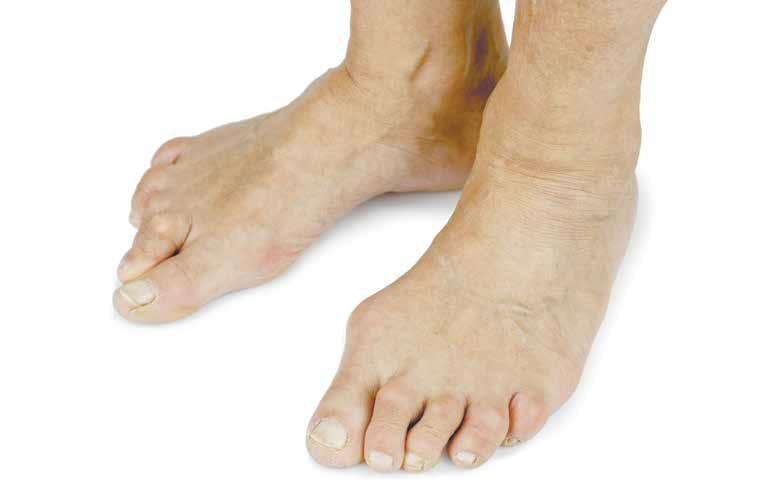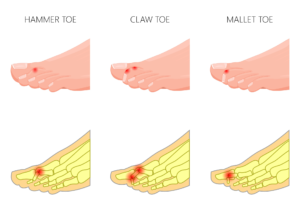Fixing Curly Toes: Hammertoes, Claw Toes & Mallet Toes
February 25, 2021

So you’ve developed a hammertoe – or maybe you’ve noticed that your child’s toes are starting to curl. So what can you do about it? Should you do anything about it? What if there’s no pain – is it fine to leave them?
Today, Auckland’s premier podiatry team, Perform Podiatry, talks about the causes and treatment of curly toes.

What are the different kinds of curly toes?
Hammertoes, claw toes and mallet toes are the three most common kinds of ‘curly toes’. These are medically known as clinodactyly, which translates to the ‘curvature of a digit’. The difference between the three lies in which joints the curvature is found and in which direction it is occurring. The lesser toes contain three joints – one at the ball of the foot and two within the toe. Here are the differences between the three conditions:
What causes these changes to the toe shape?
We have muscles and tendons running across the toes and attaching to the joints. When these muscles and tendons pull on the toe (which can happen from various causes), an imbalance occurs and the joint moves, curling the toe upwards or downwards. While these changes may be flexible at first, over time, the joints can become stiff and rigid. The causes of the imbalance may be:-
- The length of your toes – a common place for a hammertoe is at the second toe, when the second toe is longer than the big toe
- Footwear – wearing tight or narrow shoes where your toes bump against the end of the shoes or are kept in a bent position can cause the toes to curl permanently
- Toe injuries – when your toes or feet are injured, curly toes are more likely to develop
- Poor foot posture or alignment
- Arthritis and other medical conditions – when you have medical conditions that affect the joints, the toes may be more likely to curl
